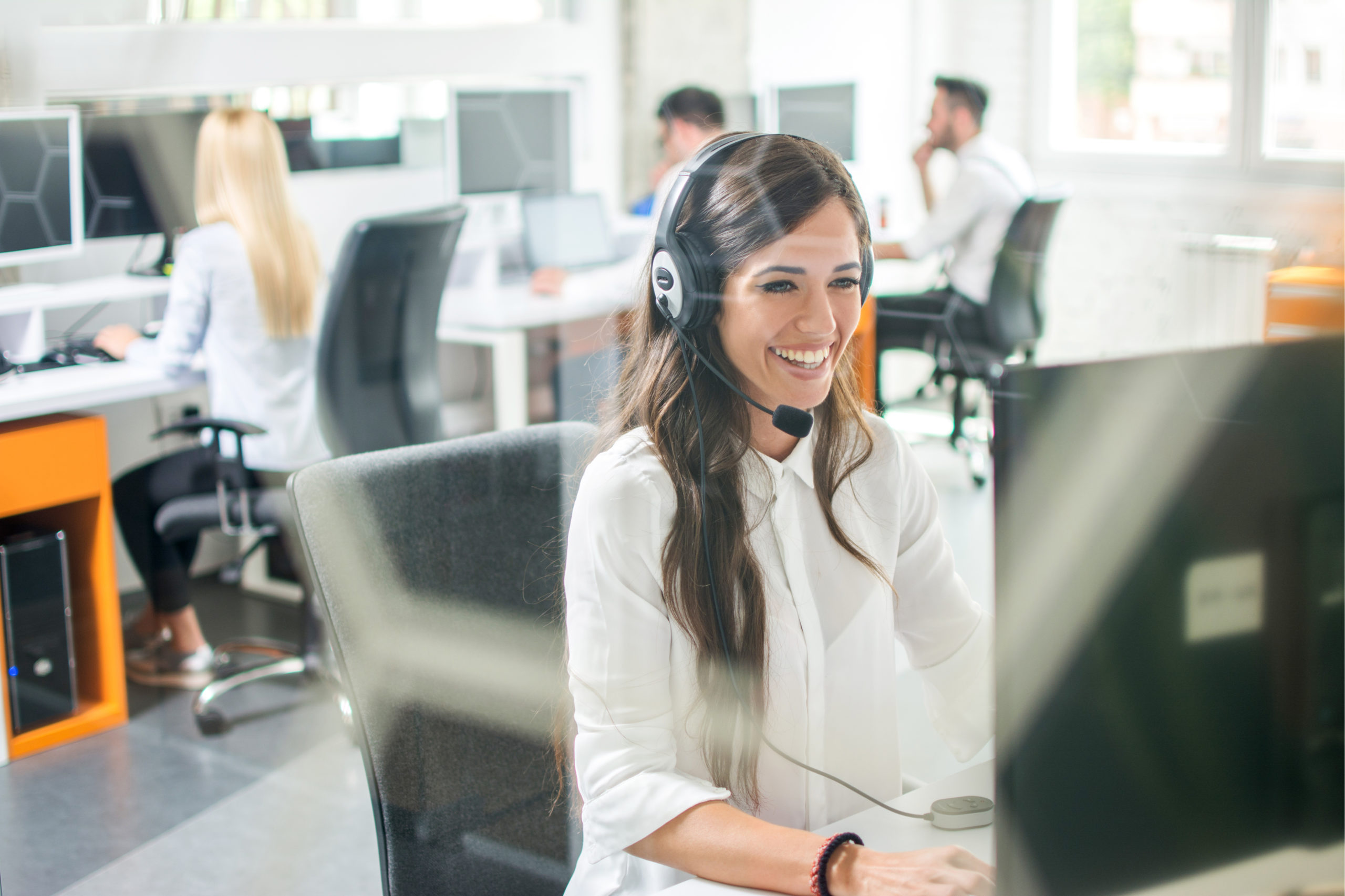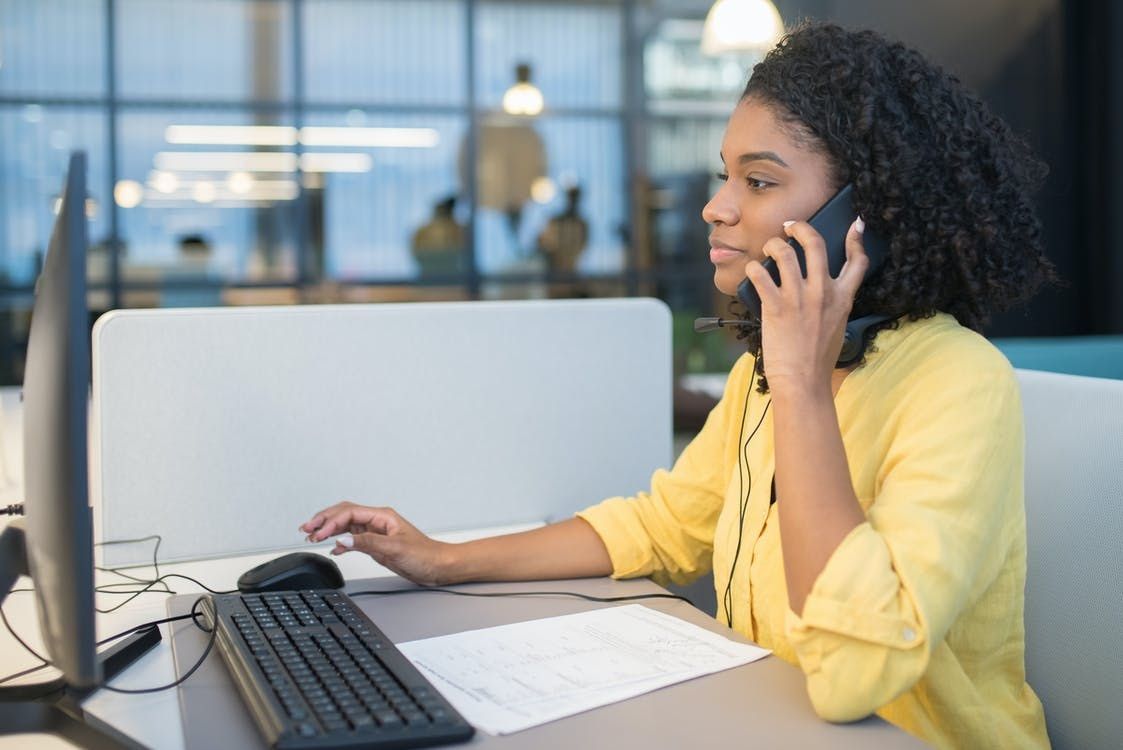All Categories
Featured
Table of Contents
- – Which Is The Best Phone Answering And Messaging...
- – When Best Time To Buy Answering Service Operat...
- – What Is The Best Business Answering Services -...
- – How Much Does Phone Answering Service - Intel...
- – What Is The Best Outsource Answering Service ...
- – What Is The Best Phone Answering Services - ...
Which Is The Best Phone Answering And Messaging Service
This device and its successors were designed by Sava Jacobson, an electrical engineer with a private consulting service. While early answering devices utilized magnetic tape technology, a lot of contemporary equipment utilizes strong state memory storage; some gadgets utilize a combination of both, with a solid-state circuit for the outbound message and a cassette for the incoming messages.
"toll conserving" listed below) (virtual answering service). This is useful if the owner is screening calls and does not want to consult with all callers. In any case after going, the calling celebration needs to be notified about the call having actually been responded to (in many cases this starts the charging), either by some remark of the operator, or by some greeting message of the little bit, or dealt with to non-human callers (e.
This holds specifically for the TADs with digitally kept welcoming messages or for earlier machines (prior to the increase of microcassettes) with an unique unlimited loop tape, separate from a second cassette, devoted to recording. There have been answer-only devices with no recording abilities, where the greeting message had to inform callers of a state of existing unattainability, or e (answering service).
When Best Time To Buy Answering Service Operator: What Is It? And How To ...

about availability hours. In recording TADs the welcoming usually includes an invitation to leave a message "after the beep". An answering machine that uses a microcassette to tape messages On a dual-cassette answerphone, there is an outgoing cassette, which after the defined variety of rings plays a pre-recorded message to the caller.

Single-cassette answering devices consist of the outbound message at the beginning of the tape and incoming messages on the remaining space. They first play the statement, then fast-forward to the next readily available area for recording, then tape-record the caller's message. If there are numerous previous messages, fast-forwarding through them can cause a significant delay.
This beep is often referred to in the welcoming message, requesting that the caller leave a message "after the beep". TADs with digital storage for the taped messages do disappoint this delay, obviously. A little may use a remote control center, whereby the answerphone owner can ring the home number and, by going into a code on the remote telephone's keypad, can listen to taped messages, or delete them, even when away from home.
What Is The Best Business Answering Services - Virtual Receptionists To Buy Now

Thus the maker increases the variety of rings after which it responds to the call (normally by two, leading to 4 rings), if no unread messages are presently kept, but responses after the set variety of rings (generally 2) if there are unread messages. This permits the owner to discover whether there are messages waiting; if there are none, the owner can hang up the phone on the, e.
Some devices also permit themselves to be remotely activated, if they have been turned off, by calling and letting the phone ring a specific big number of times (generally 10-15). Some company abandon calls currently after a smaller sized variety of rings, making remote activation difficult. In the early days of Littles an unique transmitter for DTMF tones (dual-tone multi-frequency signalling) was regionally needed for remote control, given that the formerly utilized pulse dialling is not apt to communicate appropriate signalling along an active connection, and the dual-tone multi-frequency signalling was carried out stepwise.
Any inbound call is not recognizable with respect to these residential or commercial properties in advance of going "off hook" by the terminal equipment. So after going off hook the calls need to be changed to appropriate devices and only the voice-type is instantly available to a human, but maybe, however ought to be routed to a TAD (e.
How Much Does Phone Answering Service - Intelligent Office Service Cost?
What if I told you that you do not have to really choose up your device when addressing a customer call? Another person will. So hassle-free, right? Responding to telephone call does not need somebody to be on the other end of the line. Effective automated phone systems can do the technique just as effectively as a live representative and often even much better.
An automatic answering service or interactive voice response system is a phone system that interacts with callers without a live individual on the line - professional phone answering service. When business use this innovation, clients can get the answer to a question about your organization merely by utilizing interactions established on a pre-programmed call flow.
Although live operators update the customer support experience, numerous calls do not require human interaction. A simple taped message or directions on how a customer can obtain a piece of info usually solves a caller's immediate need - virtual telephone answering service. Automated answering services are a basic and efficient way to direct inbound calls to the right person.
What Is The Best Outsource Answering Service Company Sri Lanka To Buy Now
Notification that when you call a business, either for support or item query, the very first thing you will hear is a pre-recorded voice greeting and a series of options like press 1 for customer support, press 2 for inquiries, and so on. The pre-recorded choices branch out to other choices depending upon the customer's selection.
The phone tree system helps direct callers to the right individual or department utilizing the keypad on a mobile phone. In some instances, callers can use their voices. It's worth noting that auto-attendant alternatives aren't restricted to the ten numbers on a phone's keypad. As soon as the caller has actually chosen their first alternative, you can create a multi-level auto-attendant that uses sub-menus to direct the caller to the right sort of assistance.
The caller does not have to communicate with an individual if the auto-attendant phone system can manage their concern. The automated service can route callers to an employee if they reach a "dead end" and require support from a live agent. It is costly to work with an operator or executive assistant.
What Is The Best Phone Answering Services - Australian Virtual Receptionists 2023
Automated answering services, on the other hand, are significantly cheaper and supply considerable expense savings at an average of $200-$420/month. Even if you do not have devoted personnel to deal with call routing and management, an automated answering service enhances performance by allowing your team to focus on their strengths so they can more effectively spend their time on the phone.
A sales lead routed to customer support is a lost shot. If a client who has product concerns reaches the wrong department or gets insufficient answers from well-meaning workers who are less trained to manage a particular type of concern, it can be a reason for aggravation and discontentment. An automated answering system can decrease the number of misrouted calls, therefore helping your employees make much better use of their phone time while freeing up time in their calendar for other tasks.
With Automated Answering Systems, you can develop a customized experience for both your personnel and your callers. Make a recording of your primary greeting, and just upgrade it frequently to show what is going on in your organization. You can create as lots of departments or menu options as you desire.
Table of Contents
- – Which Is The Best Phone Answering And Messaging...
- – When Best Time To Buy Answering Service Operat...
- – What Is The Best Business Answering Services -...
- – How Much Does Phone Answering Service - Intel...
- – What Is The Best Outsource Answering Service ...
- – What Is The Best Phone Answering Services - ...
Latest Posts
Secure Professional Answering Service Near Me
Effective After Hours Answering Near Me
Secure Auto-attendant Answering Service Near Me ( Australia)
More
Latest Posts
Secure Professional Answering Service Near Me
Effective After Hours Answering Near Me
Secure Auto-attendant Answering Service Near Me ( Australia)